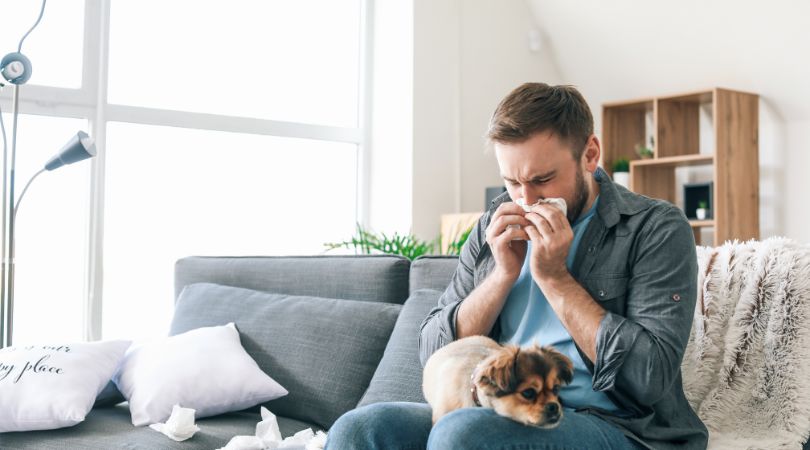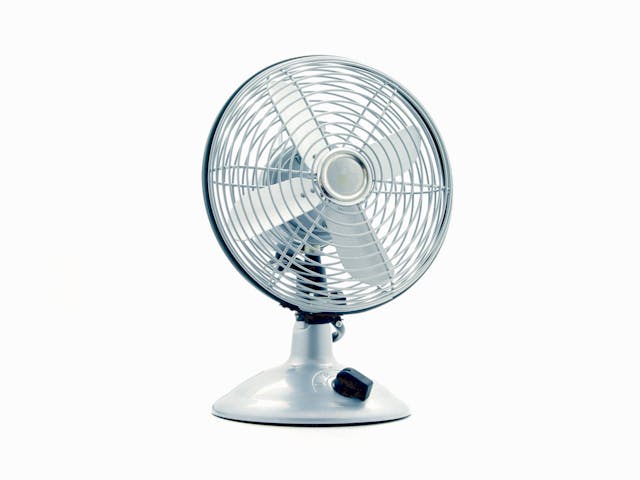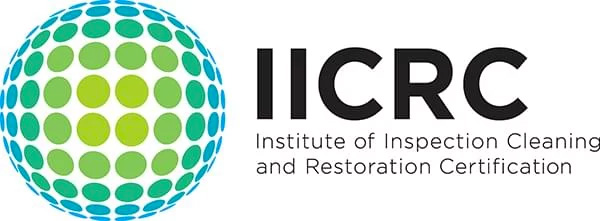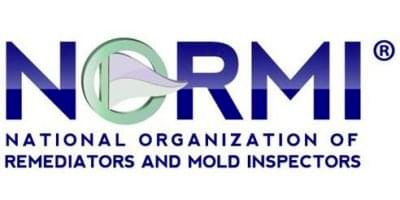Preventing Crawl Space Mold
Do you want to keep your crawl space mold-free? These spaces need maintenance and care similar to other areas of your home. Since this house component isn’t blatant to owners at all times, they rarely receive the necessary upkeep and repairs. Mold in these spaces and mold outbreaks are common issues. A humid crawl space creates a perfect environment for mold to thrive.
An unkempt crawl space invites trouble, especially those with excess liquid. One of the common issues is that mold can grow to easily take over the narrow crawl space under your home. The resulting mold follicle can pose considerable health risks. Additonally, if you want to learn some of the common myths of mold in crawl spaces and removing mold, click here.
In this article, we are taking a closer look at the prevention of mold in a crawl space. You’ll learn how to detect and prevent mold growth. You'll also become aware of its underlying causes and some efficient ways to prevent the mold colonies.
Why Does A Crawl Space Invite The Growth Of Mold?
Mold needs the right environment to start its expansion. Certain conditions have to be just right in your crawl space for mold to take hold. Moisture, darkness, warm temperature and oxygen in the air are growth catalysts for mold.
While crawl spaces shouldn’t have mold-friendly moisture levels in the first place, these levels of liquid are a common occurrence, unfortunately. Even the tiniest cracks in the ground, walls or ceiling can allow enough moisture to enter the air.
What Are The Signs Of Crawl Space Mold?
Visual confirmation of the growth of mold is the easiest way to know that you have mold growing in your crawl space. However, there are times when the mold growth may not be visible enough to see it under the naked eye.

As mold can easily grow in inaccessible places, you'll need to use other methods to confirm the problem. For instance, a musty smell in the air could indicate that you have mold colonies in the ground under your house or mold in crawl spaces.
It’s a good idea to investigate further whenever you spot signs of mold growth. Test the mold in crawl sapces to find out what type of mold it is. It’s then possible to use mold remediation techniques that will remove these intruders for good.
Sometimes it’s not the mold itself that you should be looking for. Secondary warning signs are useful as well. For instance, water stains around the baseboards could indicate a higher risk of mold problems.
Have you noticed an increasing number of pests entering your home? If that’s the case, then your crawl space could have developed holes or gaps. These entry in the ground points let in excess moisture and raise the risk of mold growth on wood.
Why Is Mold A Great Concern To Homeowners?
Mold in crawl spaces is often associated with aesthetic issues. When the mold is inside the crawl space, why should you bother? Well, some mold strains can cause health problems in susceptible individuals.
Mold on the ground or in the air is the biggest health risk for people who suffer from asthma, allergies and chronic immunodeficiencies. Depending on the individual and mold strain, the mold follicles can cause rashes, wheezing and breathing difficulties. Preventing mold and mold removal is key to staying healthy.

When you have spores entering your living quarters from down below or in your foundation walls, these spores could take hold elsewhere in your house. Given the right circumstances, the mold may be growing in plain sight.
Preventing Mold Growth In A Crawl Space
Now, we are going to look at practical ways you can prevent mold invasion in your crawl space and protect your home.
- Drainage solutions are important. Ensure that your downspouts and gutters direct the water at least 6 feet away from your foundation. Any closer than that and your crawl space could take a hit.
- Insulation in the piping in the crawl space. Whenever the weather gets cold enough, the pipes could freeze and burst. The resulting leaks will greatly increase the risk of mold problems. Certain plumbing components are more prone to mold growth than others.
- Refrain from using your crawl space for storage. Clutter invites favorable conditions for mold colonies. There's more available surface, and the airflow is reduced, making the conditions damper.
- Vent your dryers to the outside of your home instead of the crawl space. Otherwise, it’s highly likely that mold will start growing in the space below your house.
- Make sure that your crawl space is adequately ventilated. This is one of the critical conditions for eliminating mold. Plenty of principles exist, but one of the most common ones is having 1 sq ft of ventilation for every 150 sq ft of crawl space. Indoor air quality needs to be good.
- Use a dehumidifier in case your crawl space gets too humid frequently. Invest in a high-quality device that will properly get rid of the excess moisture from your crawl space.

What About Crawl Space Encapsulation?
When it comes to crawl space mold prevention, encapsulating a crawl space is one of the most popular strategies. It’s much more effective compared to simple sealing. The latter only extends to covering the floor and around 7-10 inches up to the crawl space walls.
On the other hand, encapsulation is a more serious business. The coverage extends to all the walls, floors, access doors and ceiling. This approach is efficient only if carried out the right way such as starting with a vapor barrier.
Before encapsulating your crawl space, you need to make sure that all the other issues have been solved. You need to take care of mold and drainage problems before beginning to install a vapor barrier such as plastic sheeting to your crawl space ceiling, walls and floor. Otherwise, encapsulation will make everything even more complicated. Mold removal should be your first priority and always protect your floors with things like plastic sheeting.
Here’s how it goes:
- Install a vapor barrier to all the surfaces and components of your crawl space. A plastic vapor barrier is a great way to block mold.
- Add an additional thermal barrier to all the foundation walls. Seal the openings and vents.
- Find little cracks and gaps in the crawl space. Seal these with high-durability spray foam.
In A Nutshell: Preventing Mold
Crawl spaces are notorious for creating favorable mold growth conditions. Mold intrusion can create health issues in susceptible individuals. Moreover, the mold can damage your home’s indoor surfaces, which is why you should contact a professional mold remediation company ASAP to take care of your mold problem no matter how much mold you have.
Since mold needs moisture to grow, you should focus on minimizing the moisture levels in your crawl space such as remembering to change out your HVAC ducts and check for plumbing leaks. Adequate ventilation and draining are essential. You can opt for space encapsulation, which can be very efficient against mold intrusion when done the right way.
Markham Services can help you find and get rid of crawlspace mold at the earliest sign. Contact us today for inspection and treatment services.


